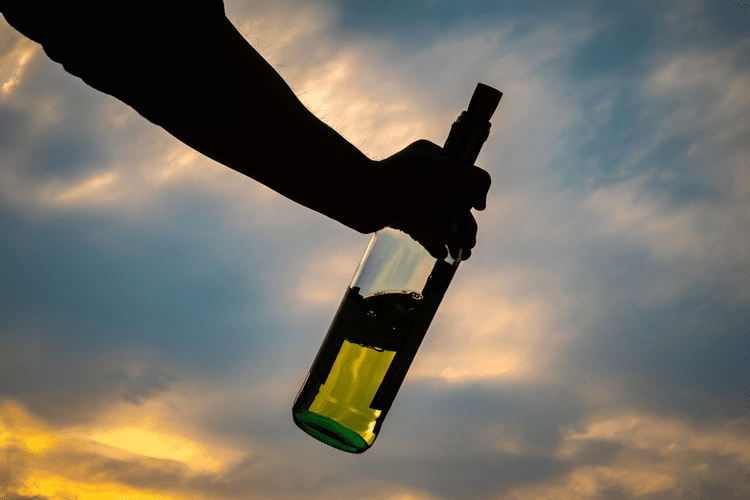Studies in mice and rats confirm the formation of N-acetylmescaline, its O-demethylated metabolites N-acetyl-3,5-dimethoxy-4-hydroxy-phenylethylamine and N-acetyl-3,4-dimethoxy-5-hydroxy-phenylethylamine 48. The process of N-acetylation of mescaline has also been observed in humans 43. The half-life of mescaline is on average 6 h and 87% is excreted within 24 h and 92% within 48 h 49,50. In humans, an average of 26.2% of the administered mescaline dose was excreted as TMPA in the urine.
Are there cultural or spiritual factors that influence the development of peyote addiction?
However, ongoing grassroots efforts seek to preserve both the plant and the sacred knowledge surrounding it. Despite such oppression, Indigenous communities persisted in their dedication, forming the Native American Church to protect their sacred ceremonies. Today, peyote continues to face modern threats, from overharvesting to habitat disruption. Colonial forces, including Spanish missionaries and later U.S. officials, once condemned peyote as dangerous or evil. These views led to numerous bans, arrests, and cultural misunderstandings. Peyote ceremonies, regardless of the specific culture, share a few common threads.
What to Expect during Recovery from Peyote Misuse?
Our team does their best for our readers to help them stay informed about vital healthcare decisions. If it has to be tested, one has to specify that mescaline is to be detected, so it can be included in the screening test. All these dangers can lead to risky behavior and can be hazardous to the people around the user.
Signs & Side Effects of Peyote Use
At times, people may experience anxiety or fear, emphasizing the need for guidance in ceremonial contexts. The hallucinogenic effects of mescaline also appear to enhance the senses. Mescaline interacts with the 5-HT2A receptors in the brain, which pertain to how the body uses serotonin.
- During a peyote trip, some people might feel introspective, calm and as if they’re in a very deep meditative state.
- By clicking “Submit,” you certify that you have provided your legal name and phone number, agree to the terms and conditions and privacy policy, and authorise Paid Advertiser to contact you.
- Peyote is a slow-growing cactus, and overharvesting due to increased recreational demand is threatening its survival in the wild.
It can sometimes take up to 12 hours—or more—for the entire experience to fade. Colors may appear more vivid, and people can feel heightened sensitivity in their senses. Many describe an intense feeling of euphoria that draws them back to peyote time and again. Mescaline sulfate is the purest form of https://hawksmedical.com/?p=9501 mescaline, and it’s considered the strongest preparation. People who attend peyote ceremonies often gather in a teepee or other enclosed space, guided by a medicine person who leads songs, chanting, and drumming.
- While we’ve made strides in understanding its short-term effects and mechanisms of action, much remains unknown about its long-term impacts and potential therapeutic applications.
- Mescaline can be found naturally in a few other cacti species and produced synthetically.
- To consume a full dose, one has to eat between 10 and 12 “buttons” or tiny slices of the inner peyote flesh.
- In fact, over 40 tribes in North America and Western Canada still use it in sacred religious ceremonies.

Psychotherapy, also known as talk therapy, is a common approach for those struggling with hallucinogen addiction and use. One important way to prevent and avoid substance use is by understanding and educating yourself on its effects. What we do know is that, as with other hallucinogens, there is a possibility of developing persistent psychosis. HPPD can last for years following substance use, and it can be incredibly stressful to the person Alcohol Use Disorder experiencing it.

Overharvesting is one of the most pressing issues related to the global demand for Peyote. Peyote is a slow-growing cactus, taking years or even decades to reach maturity. With increasing demand, particularly from outside groups unfamiliar with sustainable harvesting practices, Peyote populations in the wild are being threatened.
Peyote Cactus: 10+ Shocking Facts About Mescaline the Peyote Drug
She has a wide range of clinical experiences, ranging from years peyote drug of traditional clinic practice to hospitalist care to performing peer quality review to ensure optimal patient care. Peyote’s unique legal status has sparked an ongoing debate and raised conservation concerns for Indigenous peoples, mapping this unassuming plant’s complex legal landscape. As peyote garners broader attention, its sacred role in Indigenous communities faces new pressures. Legal restrictions, sustainability concerns, and cultural appropriation debates all shape peyote’s modern landscape.
